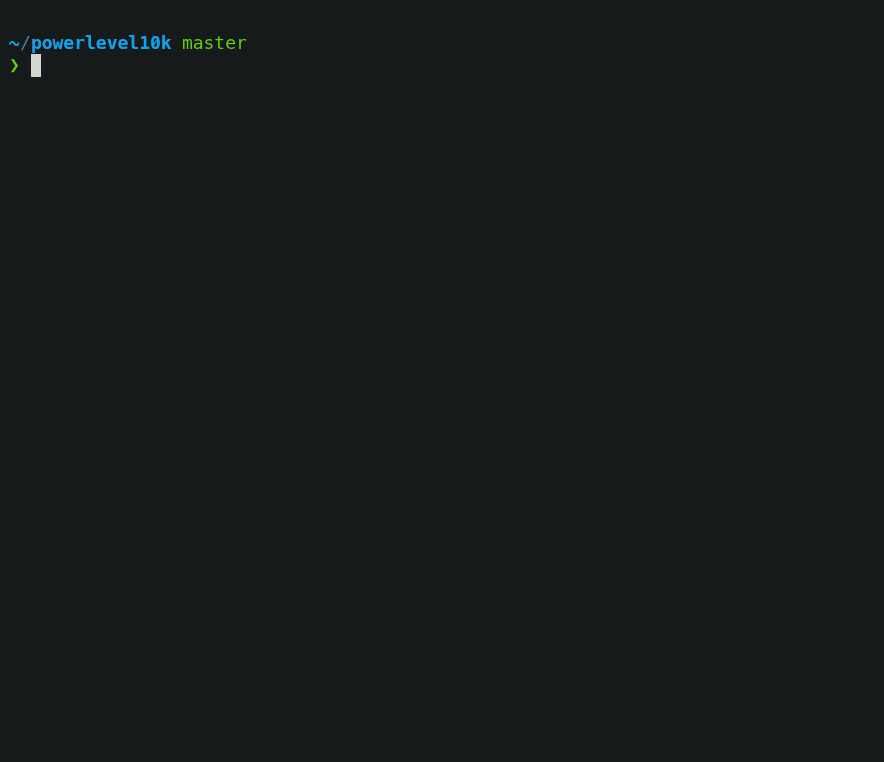-
-
Notifications
You must be signed in to change notification settings - Fork 84
New issue
Have a question about this project? Sign up for a free GitHub account to open an issue and contact its maintainers and the community.
By clicking “Sign up for GitHub”, you agree to our terms of service and privacy statement. We’ll occasionally send you account related emails.
Already on GitHub? Sign in to your account
How to turn off the nsearch [(nsearch#1: << !1170 ) `']? #80
Comments
|
May I ask what kind of behavior would you expect in detail? I think I first need to make it clear whether you intentionally use the non-incremental search (nsearch) through some key bindings such as C-x up orC-x p, or use it through, for example, up or C-p defined in some template settings (like |
|
Please, can u explain me the default behavior of nsearch? because I do not expect any verbosity from him. |
|
OK. So, I guess you use Starting nsearchThe purpose of
The default key bindings in bind '"\e[A": history-search-backward'
bind '"\e[B": history-search-forward'It is also widely used to configure C-p and C-n for bind '"\C-p": history-search-backward'
bind '"\C-n": history-search-forward'The description of this kind of custom settings can also be found in the following places:
After these widgets for In nsearch modeIn nsearch mode, you can move between the next or previous matches using the key up/down or C-p/C-n (The detail mapping is described in the manual). In the nsearch mode, the following status line is shown: where In your case, So, to achieve the behavior that you like, we want to discuss what is the current situation and want to discuss what is the behavior you like. Let's start with the following questions:
Thank you |
|
Hi! Do you have any new information on this? Thank you! |
|
Would it be possible to, for example, run the previous line by just hitting up then enter once? The current default behavior is that when I use the key up, I see the previous line and something like this I would like to know if there is a way to bypass this and instead just hit up then enter to run the previous line (the normal bash behavior)? |
|
@Alyetama Thank you for your feedback!
I'm sorry, but could I confirm what you mean by the previous line? The reason why I ask is that a considerable number of people seem to unintendedly set up the non-incremental search (
The current behavior exiting the But I was thinking that maybe we can change the behavior when the
|
I think this is the best option. I have been looking for a configuration before I posted my comment, but have found none. If there is one, then I would have just used it. I would recommend that you keep the default as it is, and document the option in |
It's slightly different from the installation time configuration wizard, but TUI configuration utility is the scope of the future version |
|
@carv-silva As written in #101 (comment), now non-incremental search (nsearch) accepts detailed options including the one to hide the status. Or, if you don't want to use nsearch with up/down, you can simply remove the corresponding user settings from e.g. your Now I close this issue. If you have additional questions or suggestions on nsearch, you are always welcome to open new issues. Thank you! |

Theres one workaround like

exec_errexit_mark=to hide (nsearch#1: << !1170 ) `'?The text was updated successfully, but these errors were encountered: